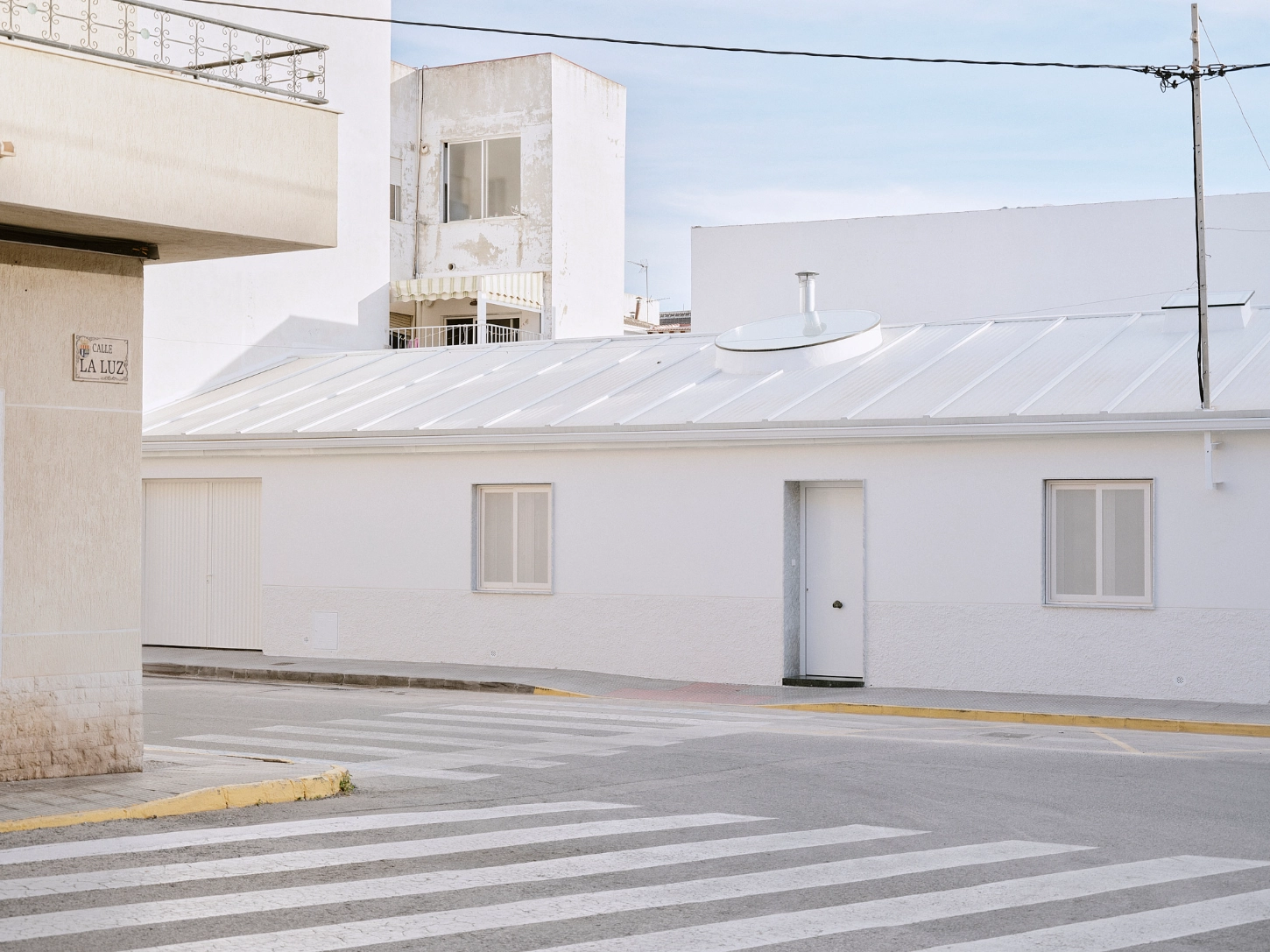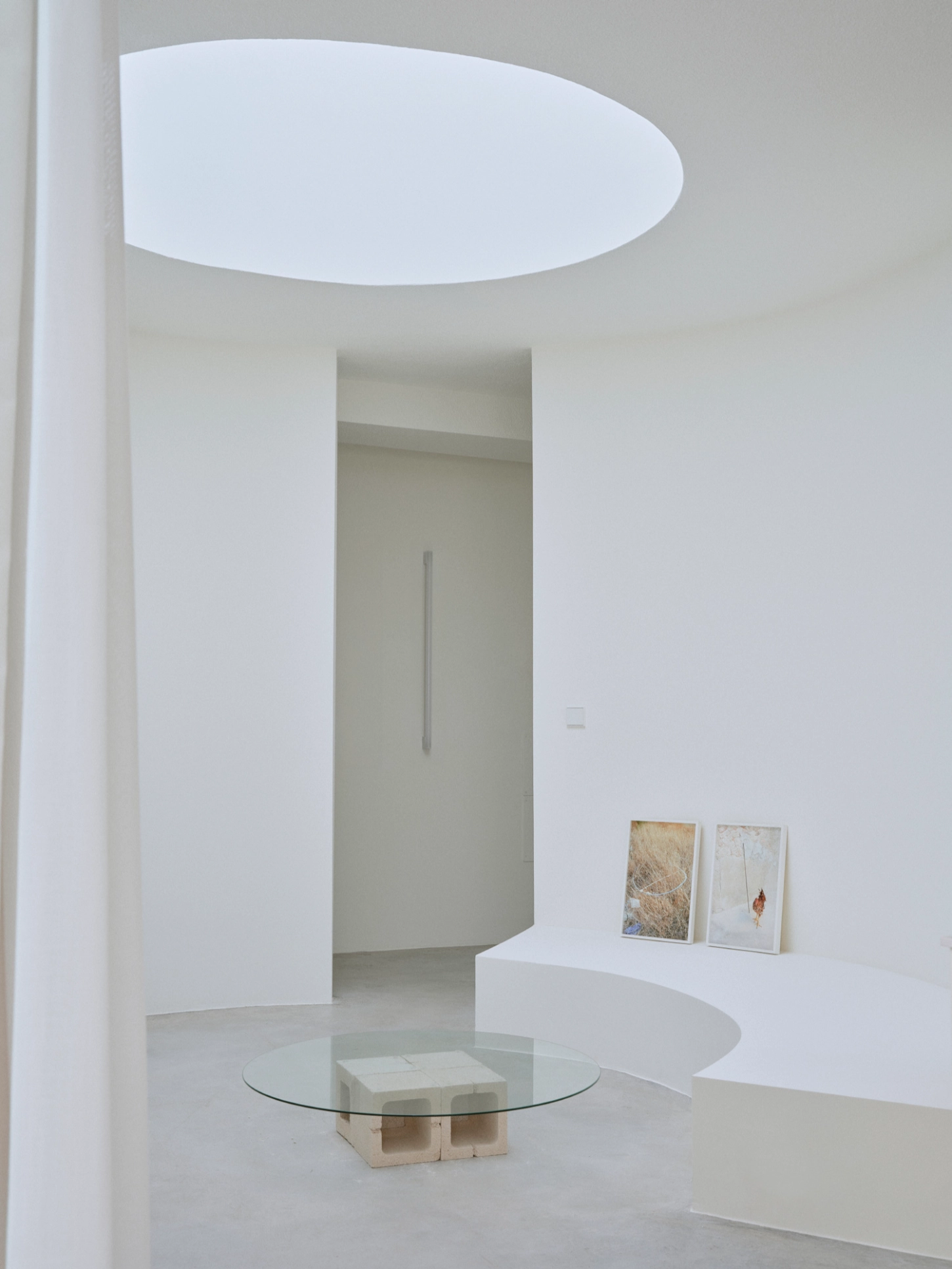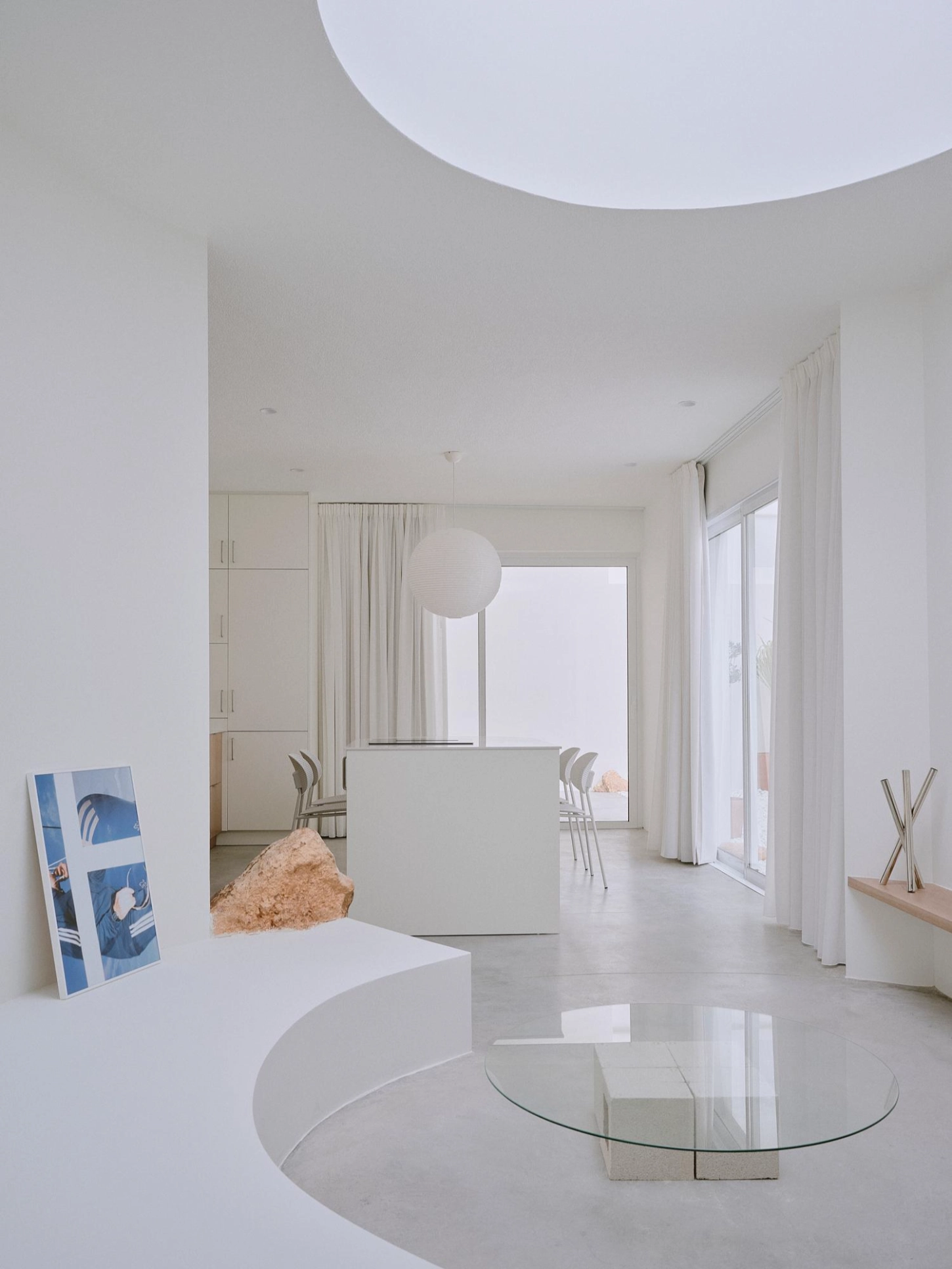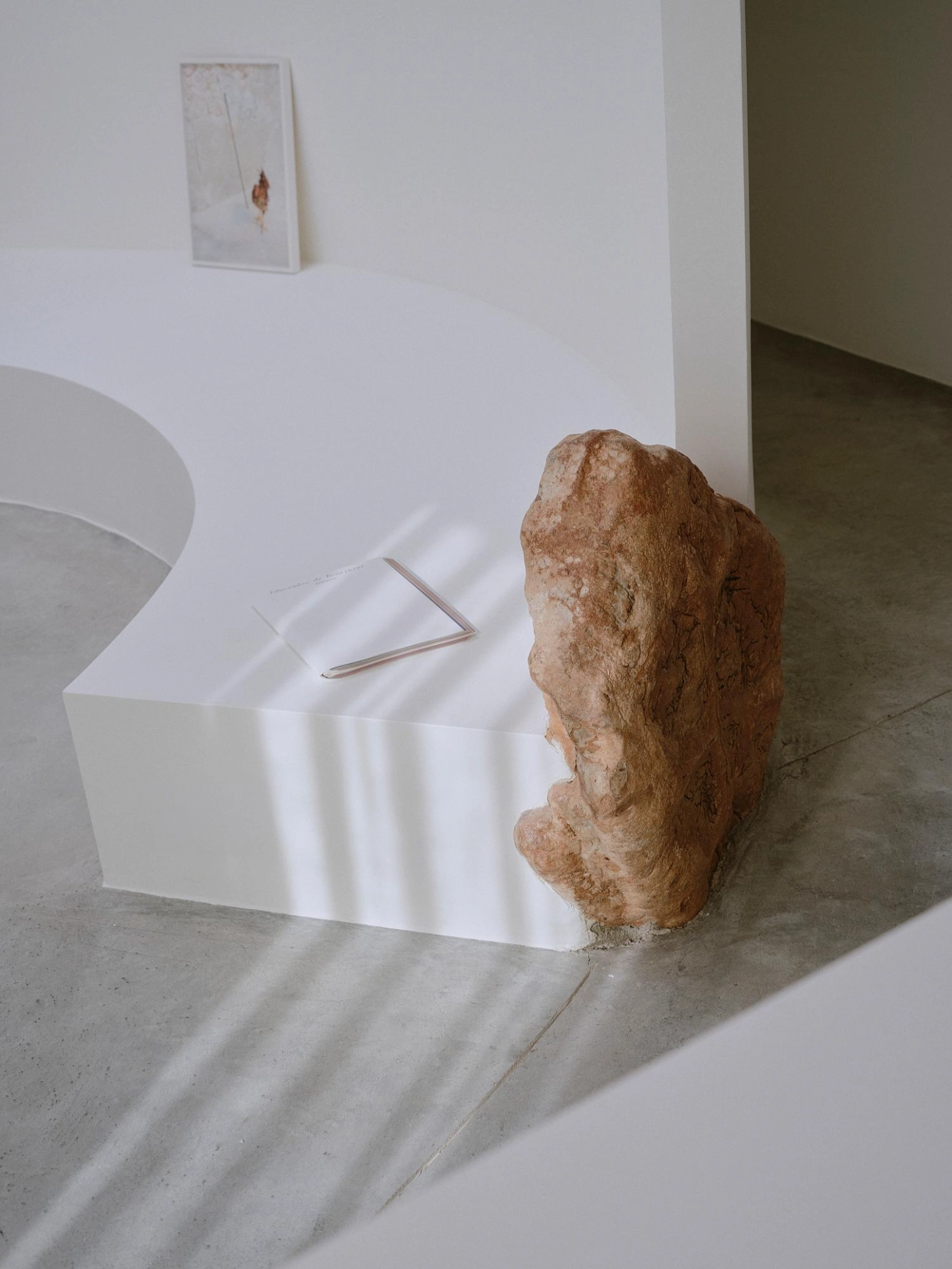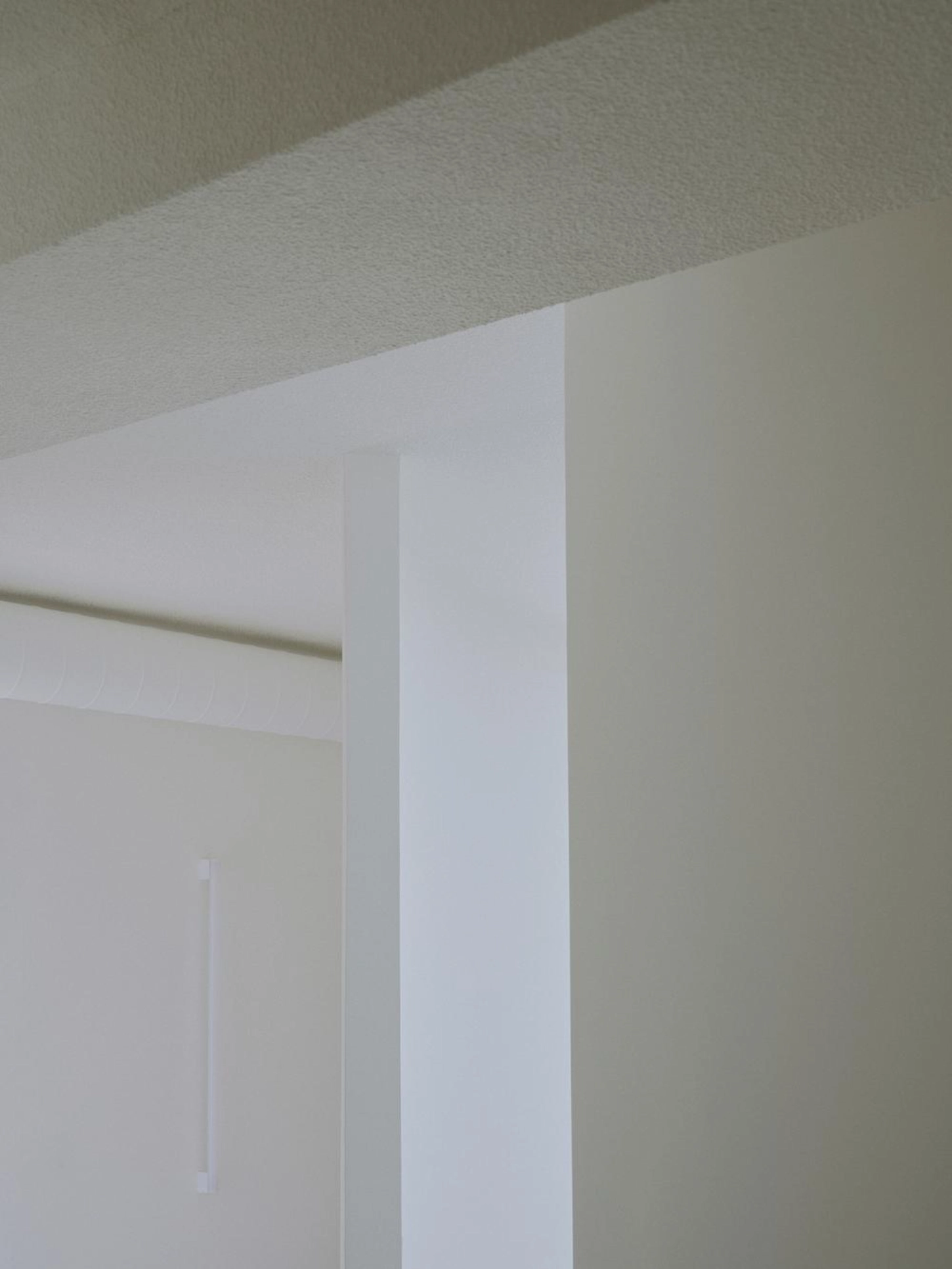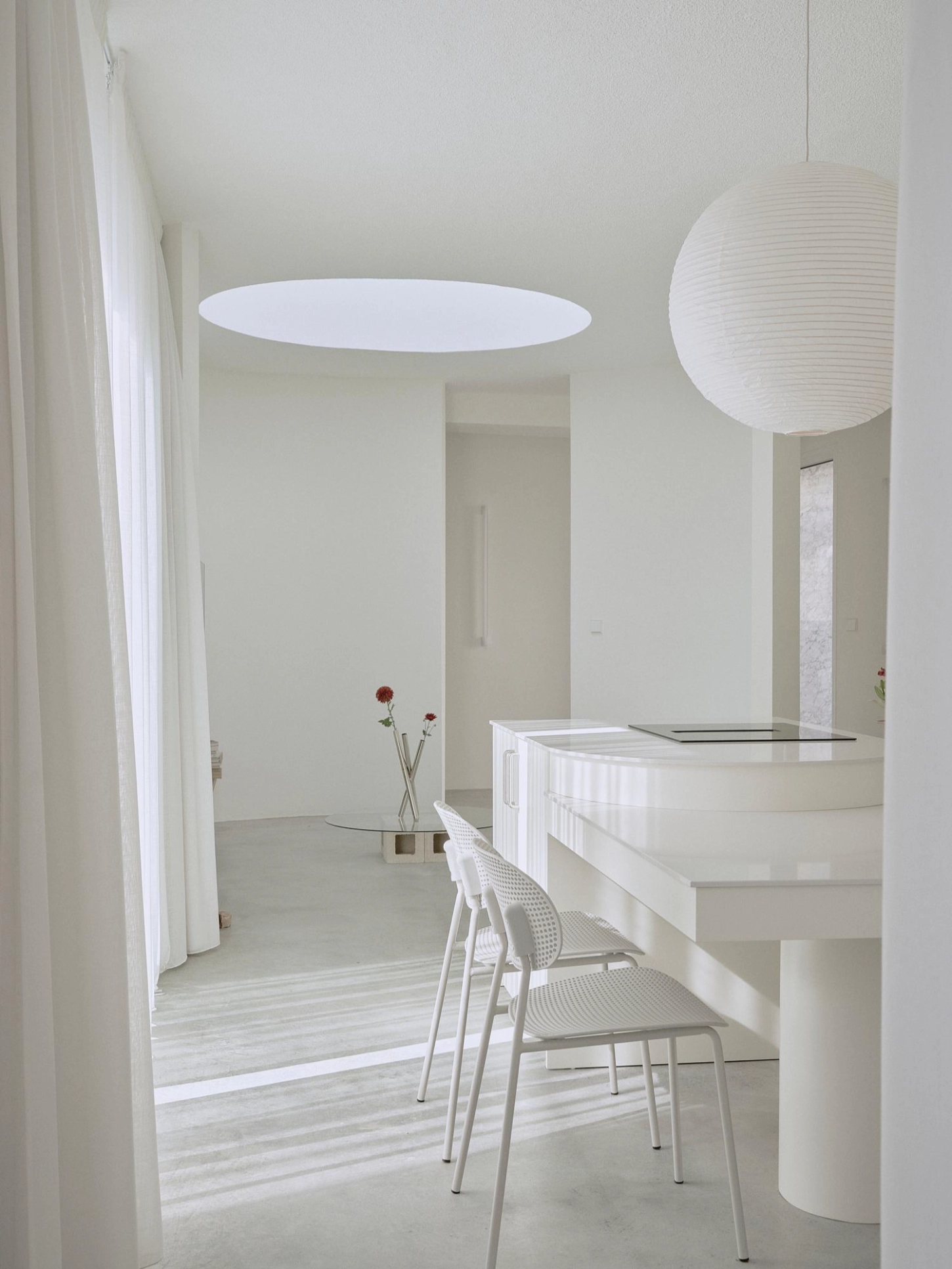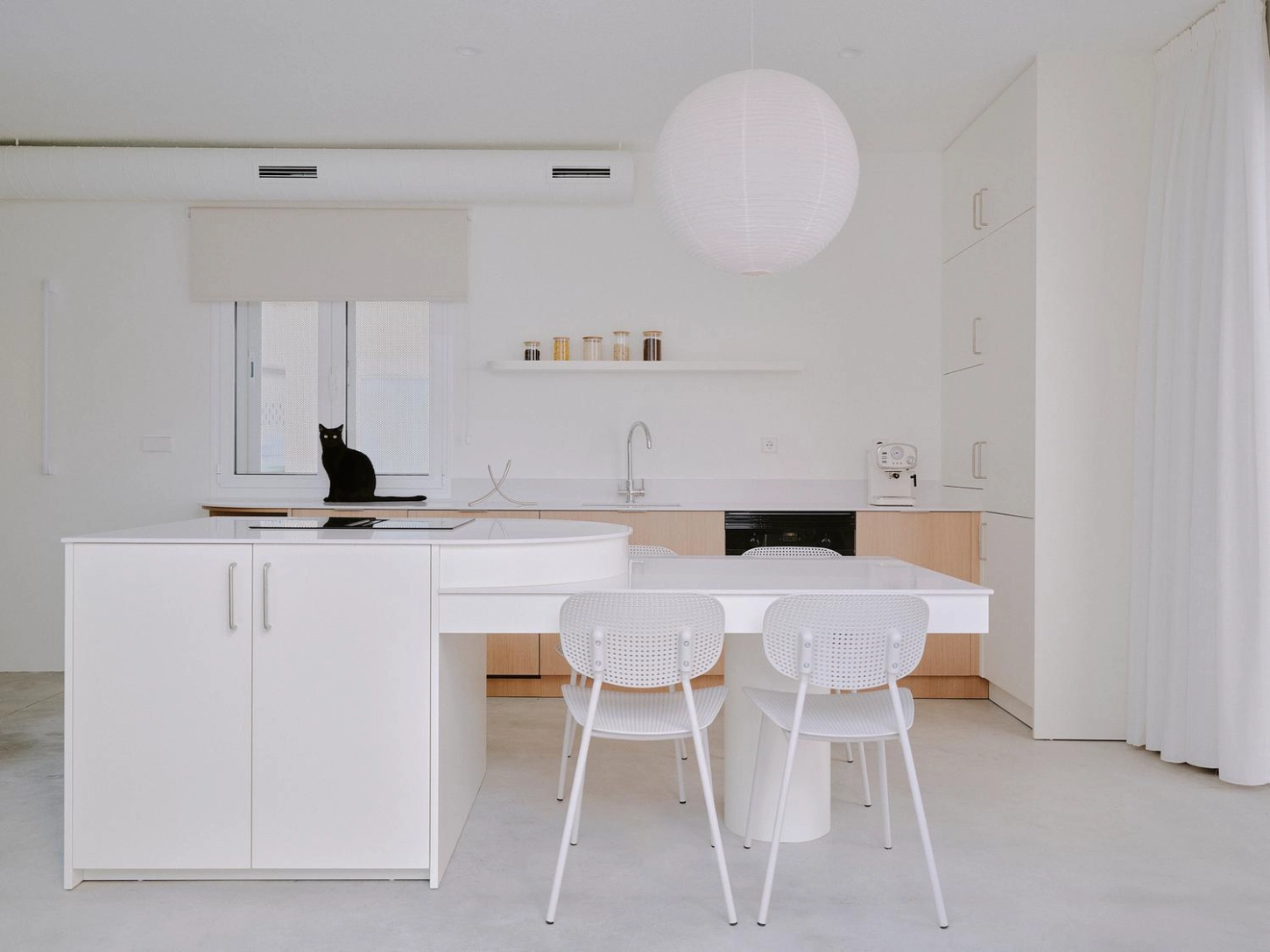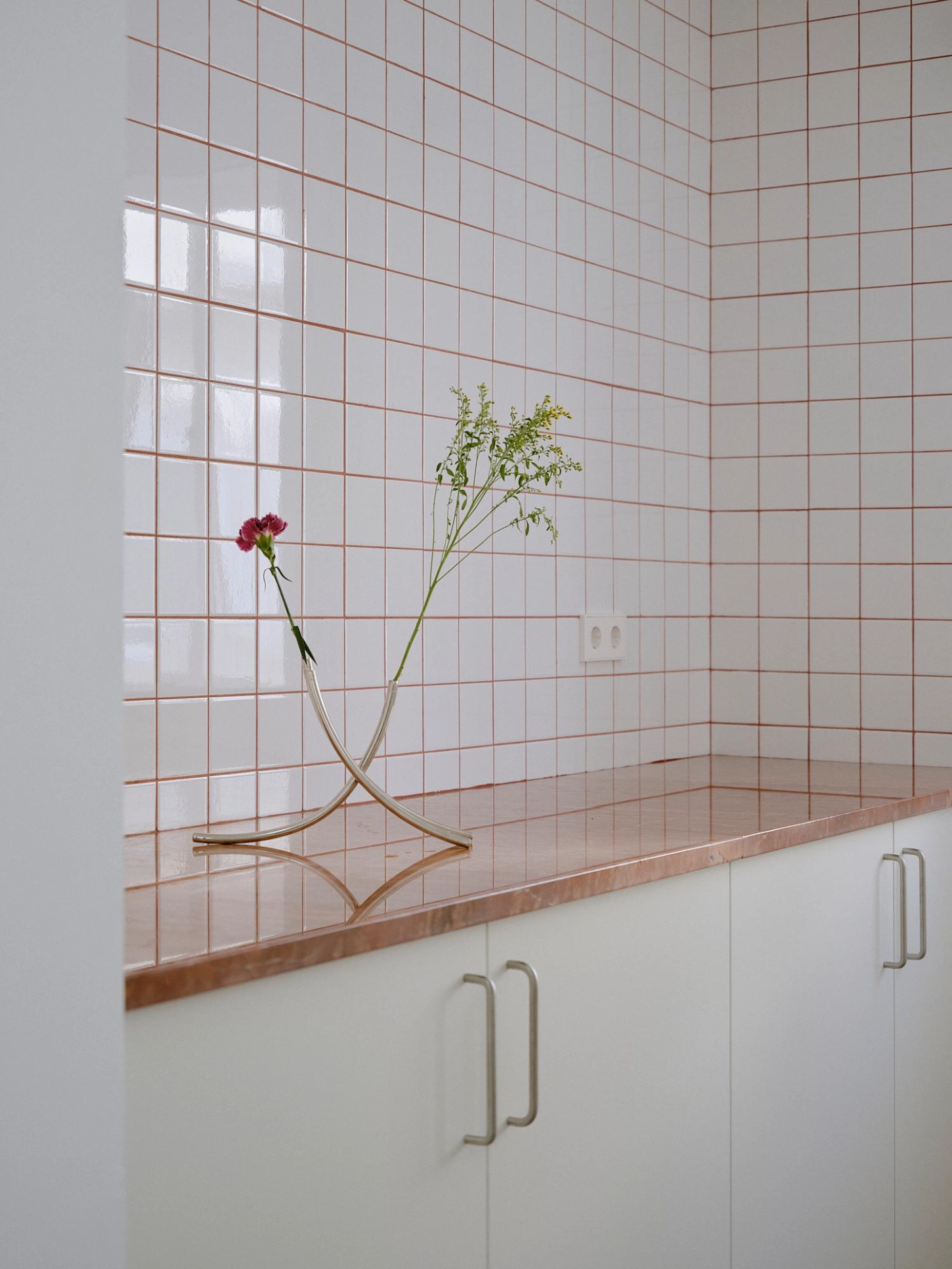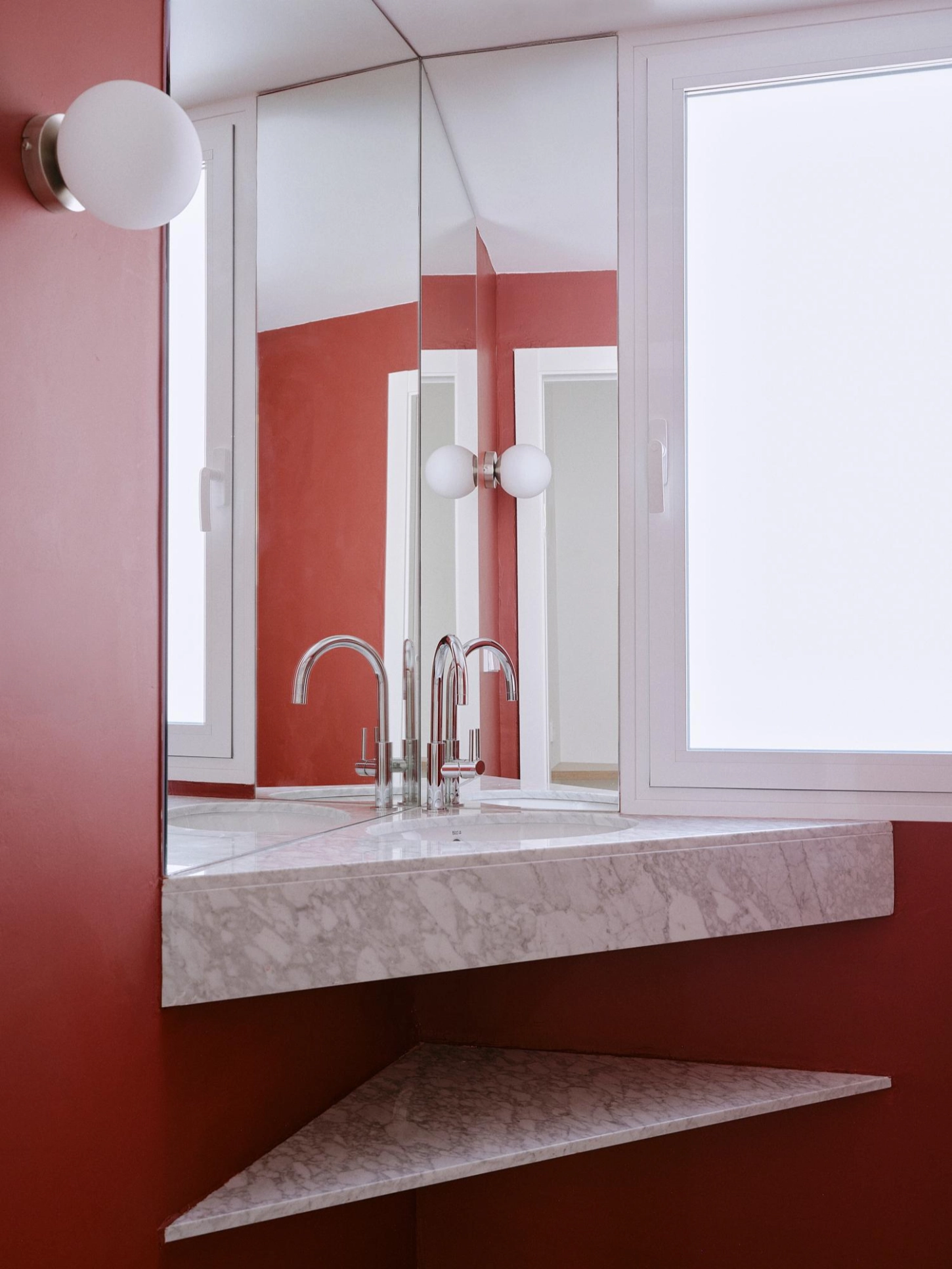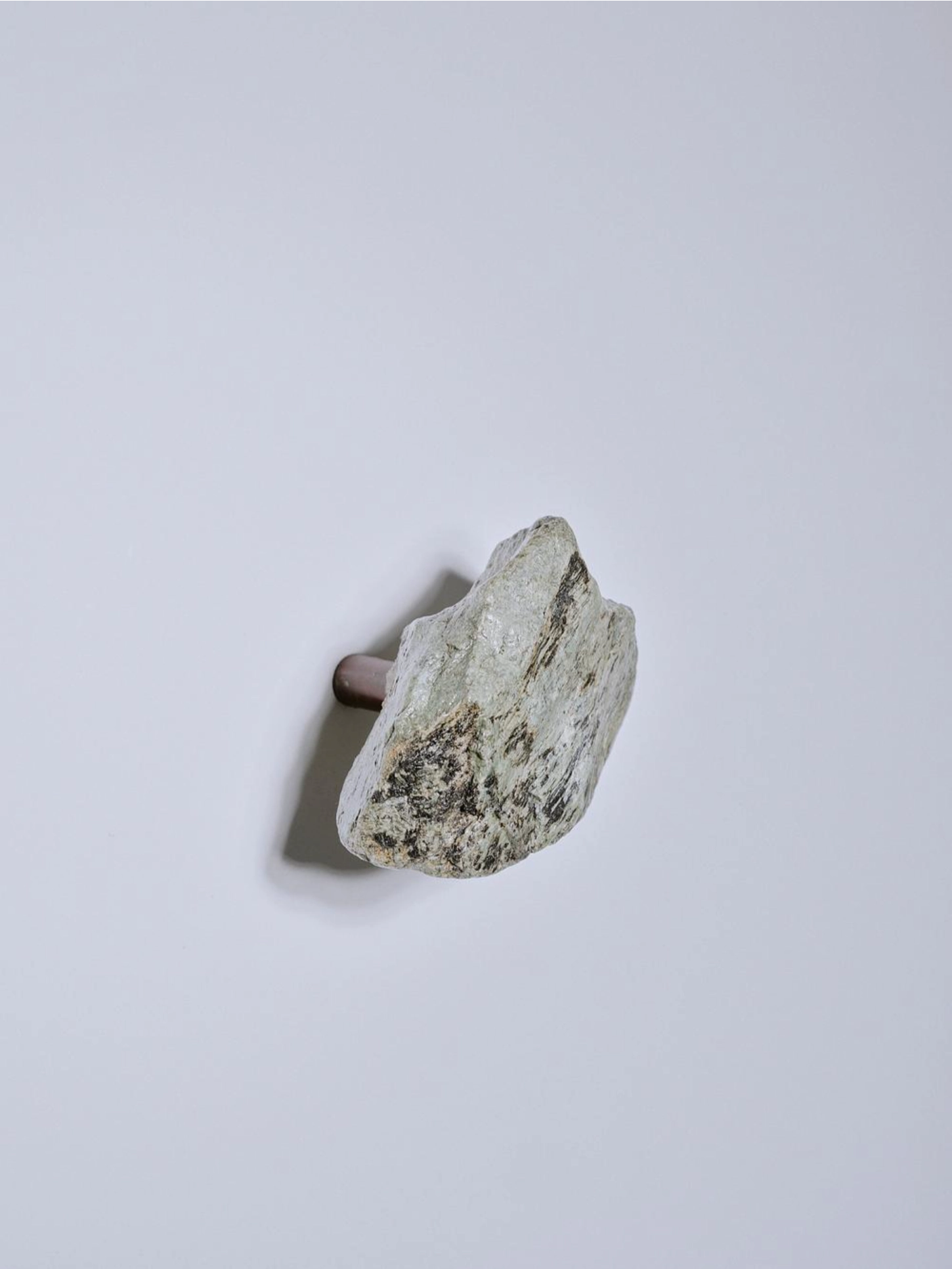ABEZ Studio’s Bunker transforms a former village meeting space into a contemporary home that reconnects with its origins through light, materiality, and a quiet reinterpretation of memory.
There are spaces that hold the collective memory of a community, and El Búnker was one of them. Once a gathering point tied to local festivities—where long afternoons unfolded among friends—the place has now been reimagined as a home that grows with the very people who once inhabited it. The project does not nostalgically recreate the past; instead, it continues it, subtly circling back to its point of origin.
Set within the dense urban fabric of Los Montesinos, the elongated plot is organised longitudinally with a patio anchoring one end of the house. The intervention builds on what already existed: the original scale, the relationship with the street and the patio, and the simplicity of the former plan. From this foundation, the architecture is updated through light, proportion, and material presence.
During excavation, caliche—the region’s calcareous crust—emerged with its natural layers exposed. Rather than covering it again, the stone is integrated at precise points as a grounding element. Two large roof openings bring sunlight deep into the interior, allowing it to strike the stone and move across it throughout the day. This slow progression of light creates a direct dialogue between rock, sun, and space, making the passage of time visibly present inside the home.
The house unfolds as a continuous chain of interconnected spaces rather than a collection of isolated rooms. Without corridors, boundaries soften, and circulation merges with everyday life. One moves through the rooms to inhabit the house, forming a shared spatial field that dissolves traditional divisions.
Toward the street, the house maintains its familiar character: the traditional textured base, the marble-framed windows, and the large garage door that has always allowed the interior to open generously to the exterior. This gesture preserves a local way of living close to the ground, where home and street meet naturally. Inside, plastered surfaces, textured ceilings, and a continuous concrete floor act as a neutral backdrop against which the calcareous stone emerges quietly yet deliberately—rooting the home in both geological and cultural context.


